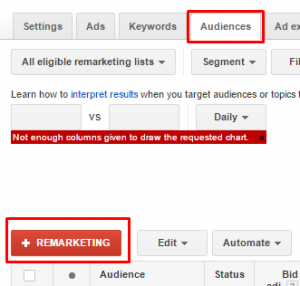
The modern marketplace – where consumers can shop anywhere, 24 hours a day – means brands have to stay a step ahead to meet and exceed expectations.
Marketers are aware they need to deliver a blended experience across devices and channels, which to consumers must look considered, easy and seamless. To create it, marketers must also be able to see the path to conversion as one connected journey – the ‘single customer view’.
Achieving a single customer view requires disparate datasets to be united under one roof. Once achieved, the insights can help improve service levels, retention, conversion rates and even lifetime value. The single customer view can also power changes organisationally, leading to better communication between traditionally separate teams.
There’s no denying that these results are beneficial, however the single customer view is fundamentally flawed. Brands obviously need to understand their customers, but what about the vast majority of consumers who don’t convert?
Consumers, not just customers
Without a joined up view of both converting and non-converting journeys, brands are blind to a huge amount of valuable information. The single customer view only goes so far in solving the puzzle – omnichannel measurement and attribution are the missing pieces that elevate good data to great.
Analysis of both converting and non-converting user journeys will deliver insight into what is working, and what isn’t. This data can provide a better understanding of marketing efficiencies, wasted ad-spend and consumer preferences.
Attribution – the Super CRM
By providing more detailed information about a larger number of consumers, attribution becomes a ‘super CRM’ that can fuel better marketing and merchandising decisions.
Understanding user journeys at the most granular level reveals the marketing is actually driving demand. For example, is there a high level of searches for an out of stock product? How are different creatives performing across networks, and which ones are causing the highest bounce rates? The data may reveal an opportunity to make changes quickly, to drive better results.
The granularity goes deep. Attribution uncovers not just what people have purchased, but how they purchased it; the channel combination that drove the conversion, and how quickly it took to get them there; what they placed in their basket. By using this, and information from non-converting journeys, you can get closer to what may have hindered the conversion and make improvements going forwards.
When used in the right way, brands can expose the marketing activities that really work. A complete 360 view of what drives consumers, new or existing, to purchase. Or not.
Attribution isn’t witchcraft
Our MD James Collins talked about attribution in his 2016 predictions. There is no longer mystery behind the maths or questions of the value, instead the focus is now on the benefits it can drive to the wider business.
Digital & Social Articles on Business 2 Community(64)






